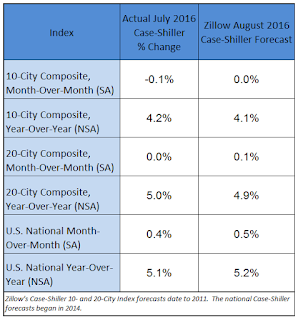Mortgage Rates were mixed today, with some lenders in slightly weaker territory while others offered modest improvements versus yesterday. The dichotomy has to do with the timing of yesterday's market movements. Bond market began the day in weak territory yesterday but improved noticeably by the end of the day. Some lenders sent out updated (better) rate sheets while others stood pat. Lenders whose rates increased today tended to come from the group that offered improvements yesterday afternoon. Long story short, there was a brief window of the week's best rates for some lenders yesterday with everyone getting mostly back on the same page today.Here is a table from Mortgage News Daily:
Fortunately, that page is still a good one. While rates aren't quite as low as they were earlier this week, they're still much lower than they were earlier this month. 3.375% is still the most prevalent conventional 30yr fixed quotes on top tier scenarios. That's the lowest stably-held rate of all time (there have been lower rates, but only for a few days here and there), even though the upfront costs are slightly higher than they were in early August. That's splitting hairs though! The point is that, unless you're examining day-to-day rate movement under a microscope, rates have been holding steady near all-time lows.
emphasis added
from
http://feedproxy.google.com/~r/CalculatedRisk/~3/PzWuSkO5FSw/mortgage-rates-near-all-time-lows.html
